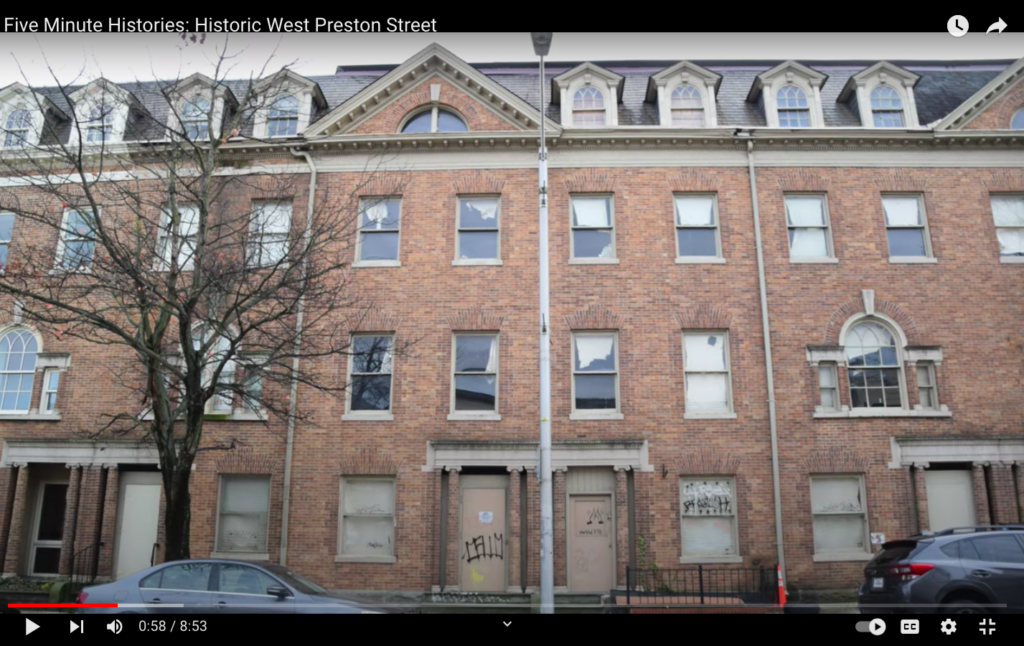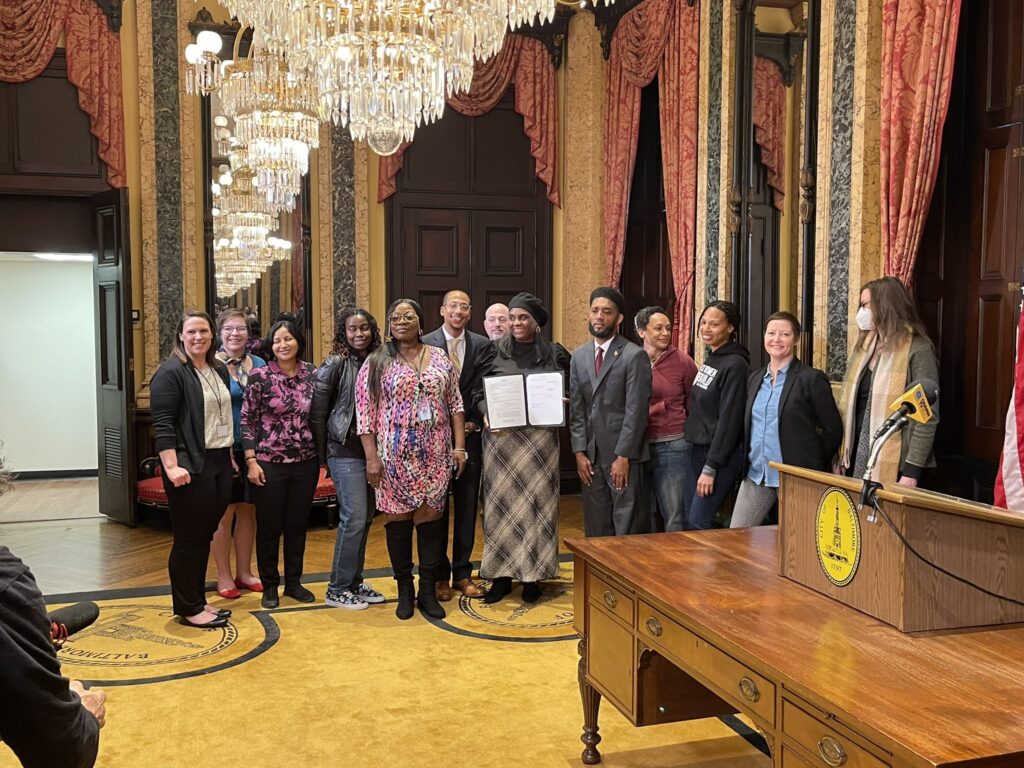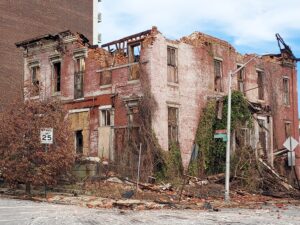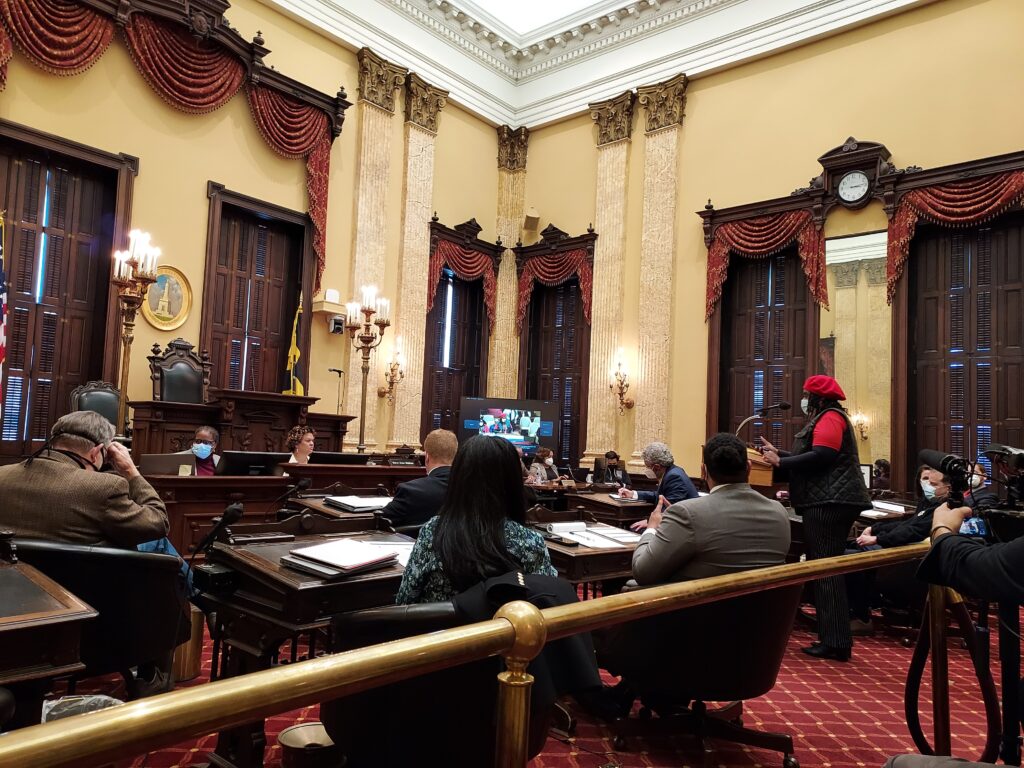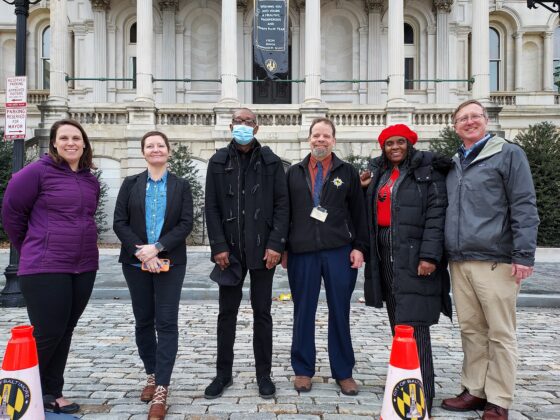Question 1: Function f is defined as f(x) = x2-6x+14. What is the minimum value of f(x)?
This complicated query above was Question 1 on the Maryland math exam that Donald Trump referenced yesterday in making disparaging remarks about Baltimore City Public School students and our school system generally. Among other things, Mr. Trump said that students who failed the exam could “not [do] even the very simplest of mathematics.” (Can you solve the above math problem? We can’t.) We thought we’d highlight a few Baltimore City Public School graduates who could have solved this question. The list is of course nowhere near complete but we hope it gives a little historical perspective of one of the first public school systems founded in the United States (1829).

Nancy Roman – Astronomer and NASA’s first Chief of Astronomy (Western High School)

Valerie Thomas – NASA mathematician and inventor (Western High School)

John Archibald Wheeler – Theoretical physicist who Stephen Hawking called “the hero of the Black Hole story” (Baltimore City College)

Martin Rodbell – Biochemist and 1994 winner of the Nobel Prize in Physiology (Baltimore City College)
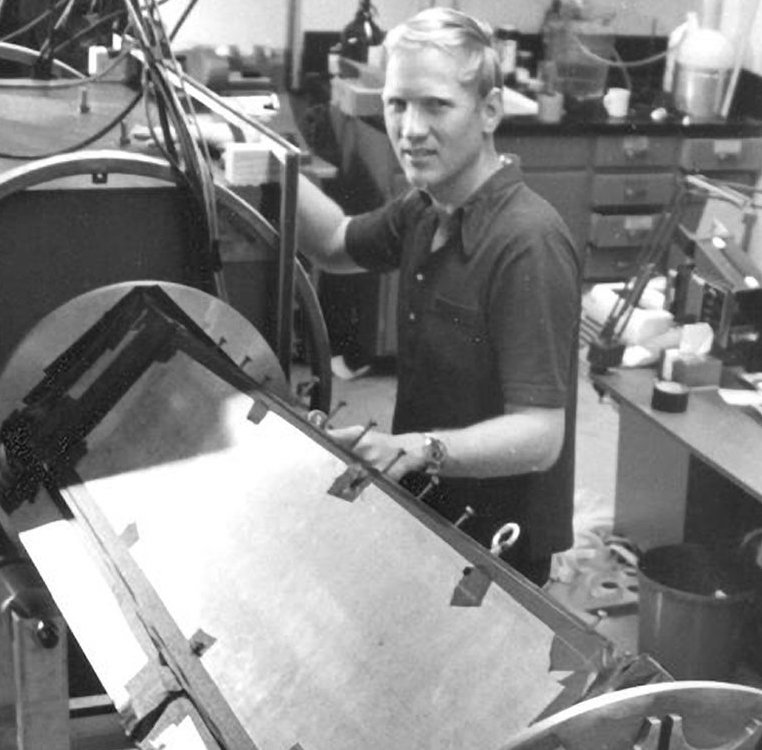
John Clauser – Physicist and winner of the 2022 Nobel Prize in Physics (Baltimore Polytechnic Institute)
–Johns Hopkins, Executive Director


